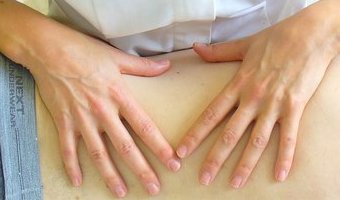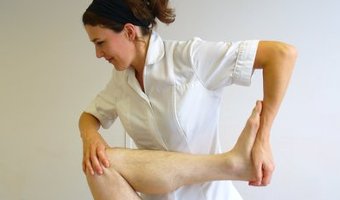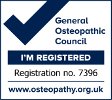Climbing injuries
Climbing has become a very popular sport in recent years and with the increase in participation has come an increase in injuries – particularly to the wrist and hands. This article gives you basic tips on how to avoid injury, lists some of the more common climbing injuries and gives you tips on how to treat the injured areas.
Tips on how to avoid injury
- As proficient climbing requires a lot of technical skill and strength, it is worth making sure that you don’t run before you can walk! If you are starting off, try bouldering (very short climbs without ropes) to get into the swing of things or go on one of the many courses offered at your local climbing wall. There are a variety of walls for different skill levels, with hand-holds closer together for beginners and further apart for more advanced climbers to offer greater challenges.
- Avoid putting too much pressure on one or other hand or any of your fingers at a time by using the bigger hand grips which distribute the strain. This is particularly important when you’re starting off as your muscles need time to strengthen and adapt to climbing. Whatever level you are, make sure you take regular breaks between climbs to rest and recover.
- Do warm up and warm down before and after you climb. Warming up may involve a few stretches and the repetition of an easy climb three or four times relatively quickly. Warming down should take longer. Take care to really stretch the hand, arm and shoulder muscles particularly – slowly stretching without bouncing and holding the stretch for 20 seconds repeating 3 times (a qualified professional such as an Osteopath would be able to give you advice as to the correct stretches to do).
The most common climbing injuries:
- Finger tendonitis, tenosynovitis – the finger tendons or capsules (around the joints) become inflamed due to due to repetitive strain. Often a result of climbers overuse of one or two fingers when climbing.
- Trigger finger – small nodules form in the lining of the flex or tendon and causes rubbing when the tendon moves within its sheath.
- Flexor tendon tear or rupture – usually an acute onset tear or rupture of one or more of the flexor tendons. Surgery is most often required to reattach or repair the tendon(s).
- Carpal bone displacement – the extreme traction and shearing involved in climbing often leads to displacement of the small carpal bones in the wrist. Osteopaths can return these bones to their rightful place.
- Carpal tunnel syndrome – caused by repetitive flex ion (bending) of the wrist resulting in trapping of the median nerve
- Collateral ligament strains of the wrist – particularly caused by fast ascents
- Lateral epicondylitis – inflammation of the tendons which attach the outermost muscles of the forearm to the elbow
- Rotator cuff strain or rotator cuff tendonitis – a very common injury when the shoulder muscles are under repetitive and sustained strain
Tips on treatment
First few days: As with any acute injury (of which most of the above are), you are best to rest and NOT CLIMB, take anti-inflammatory medication and ice the area as soon as possible to reduce the swelling and pain. Icing involves wrapping frozen peas (or anything frozen you can mould around your hand or whichever area is involved) in a tea towel and applying it for 10 – 15 minutes every hour for as long as you can. In some cases a splint may be worn to reduce movement while the injury heals (for example with trigger finger and some of the other finger injuries). Osteopaths may tape the area to achieve the same effect.
After a week or so: As the pain starts to diminish, it is important to improve the range of movement to the joints and keep the muscles in the area supple by gently stretching and exercising. You may feel slight discomfort but you shouldn’t feel pain. If you’ve tried resting a little longer and you’re still feeling pain, it’s worth getting the area concerned assessed to make sure that the problem isn’t something more serious and outside of your ability to self-treat.
Once you’re feeling better: So you’ve gently stretched and exercised the area and ensured that there is no pain… Now you can start a progressive strengthening programme (best to seek the advice of a qualified professional) before gradually returning to climbing.
The last two stages are when Osteopaths can make a real difference in helping you return to full functionality without pain and get you climbing again quickly. In addition to treating the injured area and other areas of the body which may be detrimentally effecting the injured area, they are also likely to give advice and programmes on exercise and stretching to aid your rehabilitation and prevent further injury.







